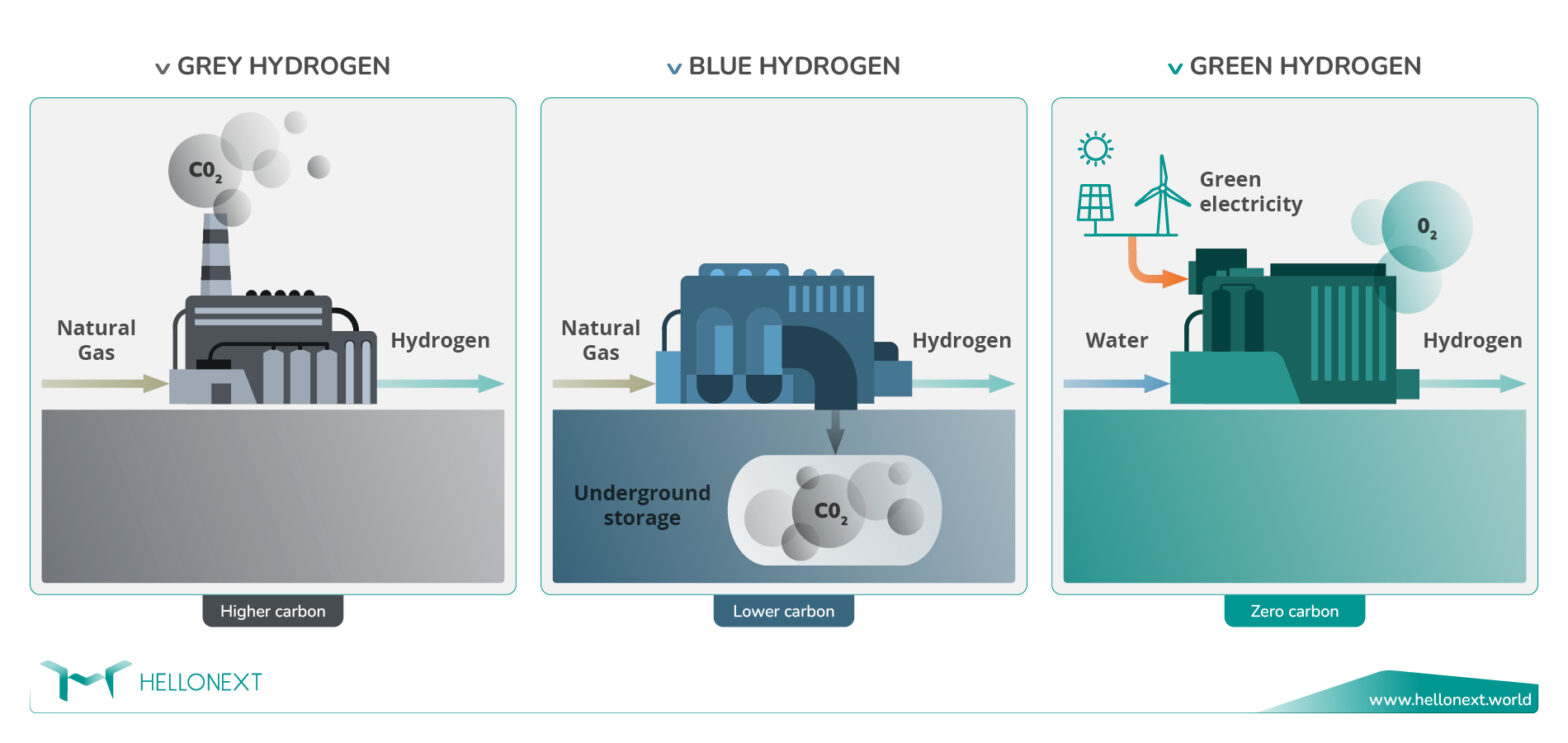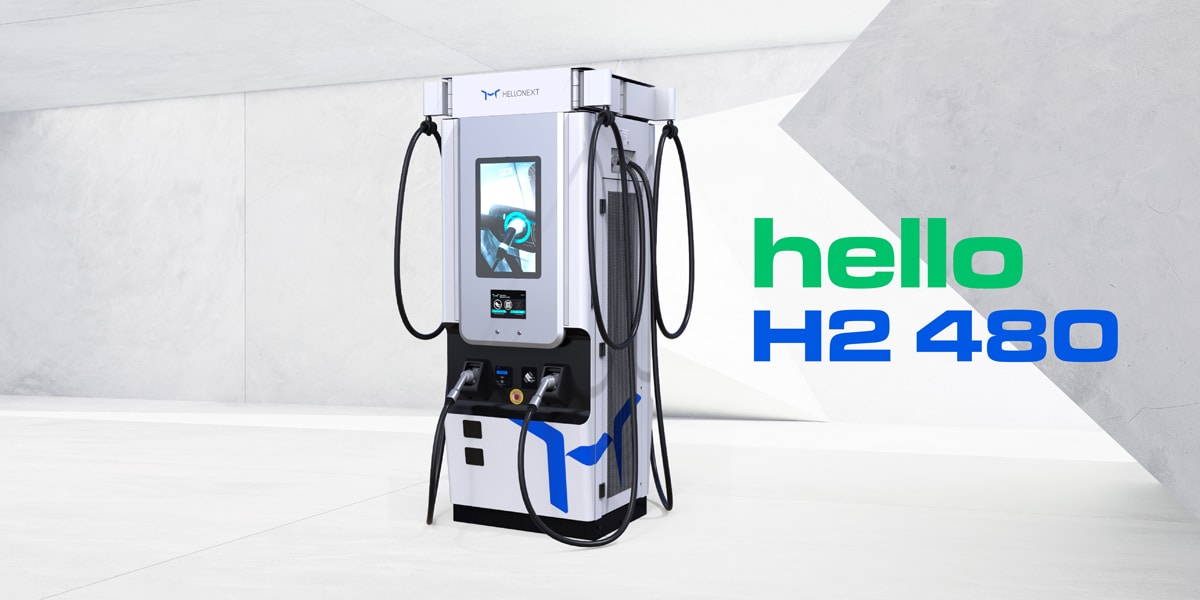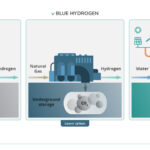Green, Blue and Grey Hydrogen: the main differences
Hydrogen is often considered the fuel of the future, as it is a clean and versatile energy source that can be used to power everything from cars to factories. However, not all hydrogen is created equal. There are three main types of hydrogen: green, blue, and grey. Each type of hydrogen is produced in a different way and has its own unique characteristics.
Green Hydrogen:
Green hydrogen is produced using renewable energy sources such as wind, solar, and hydro power. This process involves using electrolysis to split water into its two components: hydrogen and oxygen. The resulting hydrogen is clean and emissions-free, making it an excellent choice for powering vehicles and other applications that require a clean energy source.
One of the key benefits of green hydrogen is that it is produced using renewable energy sources, which means that it does not contribute to greenhouse gas emissions. Additionally, green hydrogen has the potential to reduce our reliance on fossil fuels and provide a more sustainable source of energy for the future.
Blue Hydrogen:
Blue hydrogen is produced in a similar way to green hydrogen, but with one key difference. Blue hydrogen is produced using natural gas as the feedstock instead of water. The natural gas is first converted into hydrogen and carbon dioxide through a process called steam methane reforming (SMR). The carbon dioxide is then captured and stored underground, a process known as carbon capture, utilization, and storage (CCUS).
The primary benefit of blue hydrogen is that it can be produced at a lower cost than green hydrogen, as natural gas is a cheaper feedstock than renewable energy sources. Additionally, the use of CCUS technology means that the carbon dioxide produced during the production process is captured and stored, preventing it from being released into the atmosphere. The blue hydrogen emissions range from 1 to 3 kg of CO2 per 1 kg of H2. The problem with this method is when all the stored CO2 is released, as at that point the volumes discharged into the atmosphere will be very high.
Grey Hydrogen
Grey hydrogen is the most common and is produced using fossil fuels such as coal or natural gas without carbon capture and storage technology. This process involves using high-temperature gasification to convert the fossil fuel into hydrogen gas. Grey hydrogen is the most carbon-intensive of the three types of hydrogen, as it produces significant amounts of greenhouse gas emissions during the production process. In the separation of molecules, hydrogen (H2) is captured while carbon dioxide (CO2) is released into the atmosphere. In general, around 10 kg of CO2 is emitted for every 1 kg of H2 produced.
Due to the significant emissions associated with grey hydrogen, it is generally considered to be the least desirable of the three types. However, there are some instances where grey hydrogen may be used as a transitional fuel as we move towards a cleaner energy future.
In conclusion, green, blue, and grey hydrogen each have their own unique characteristics and production processes. While green hydrogen is the most desirable due to its clean and emissions-free production process, blue hydrogen can be produced at a lower cost and with reduced emissions using CCUS technology. Grey hydrogen, on the other hand, produces significant greenhouse gas emissions and is generally considered to be the least desirable of the three types.
Ultimately, the choice of which type of hydrogen to use will depend on a variety of factors including cost, availability, and environmental impact. However, a shift towards green hydrogen production is necessary to reduce our reliance on fossil fuels and combat climate change.
Hellonext’s focus is on the production and implementation of green hydrogen. If you want to learn more about our H2 solutions, reach us at info@hellonext.world.
Image Source: Energy Education






